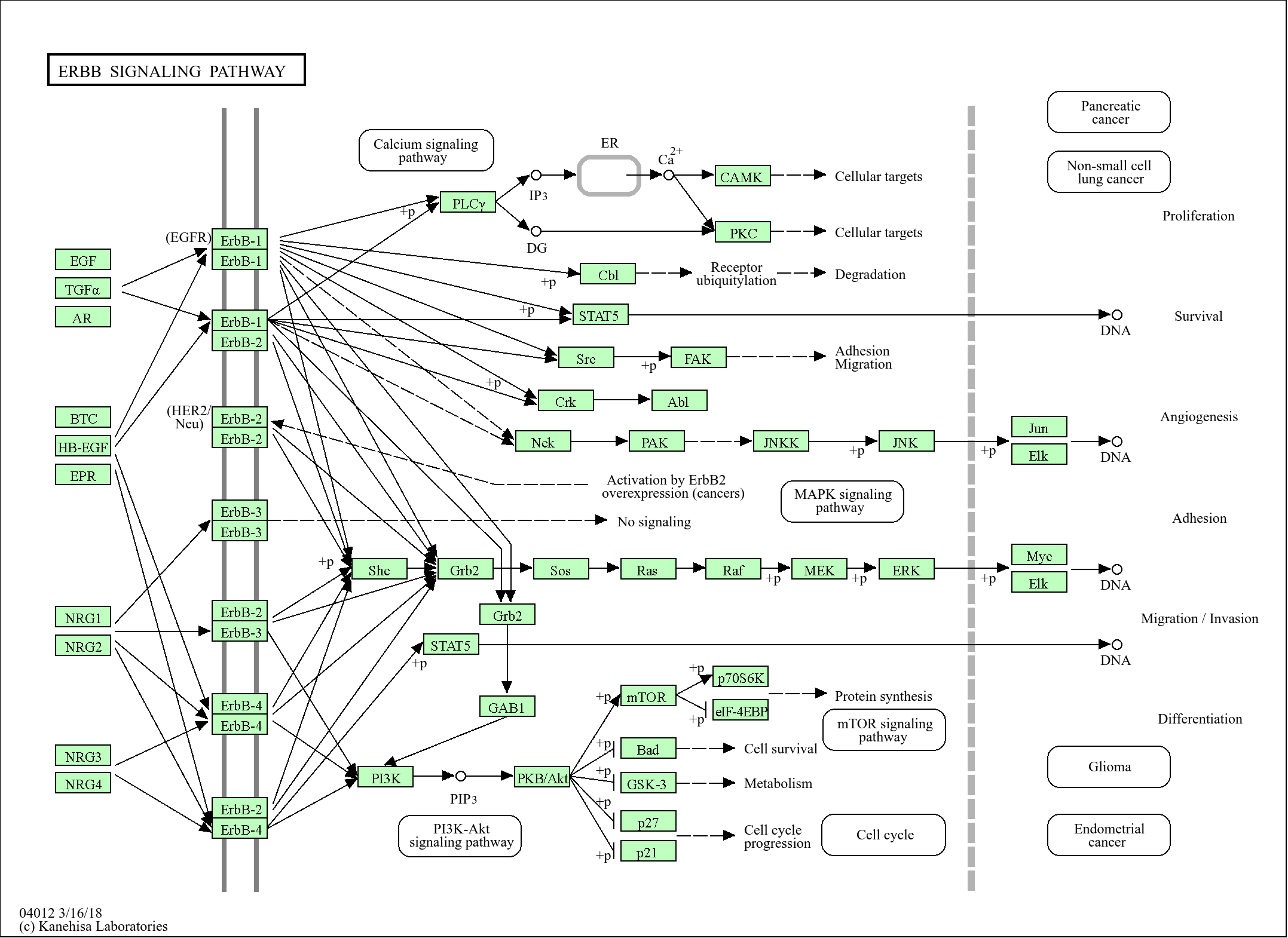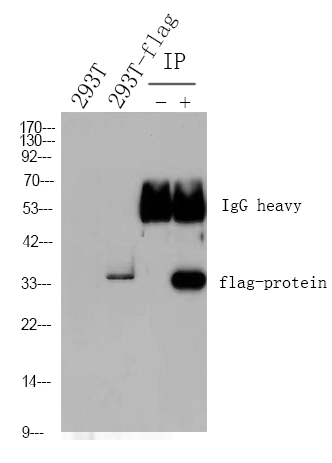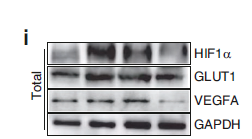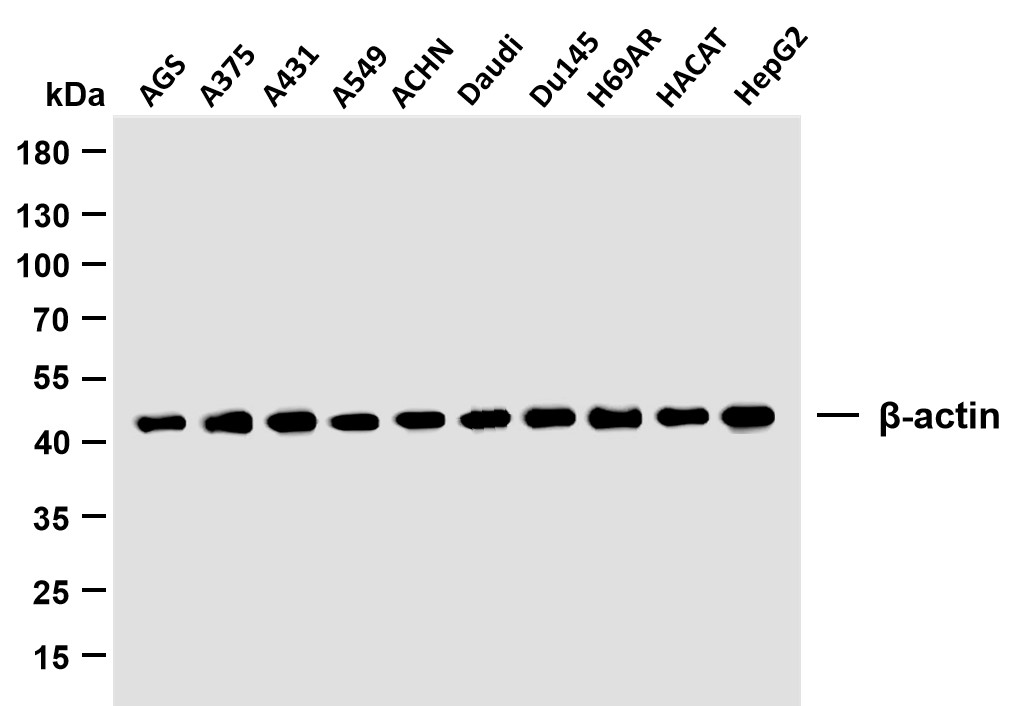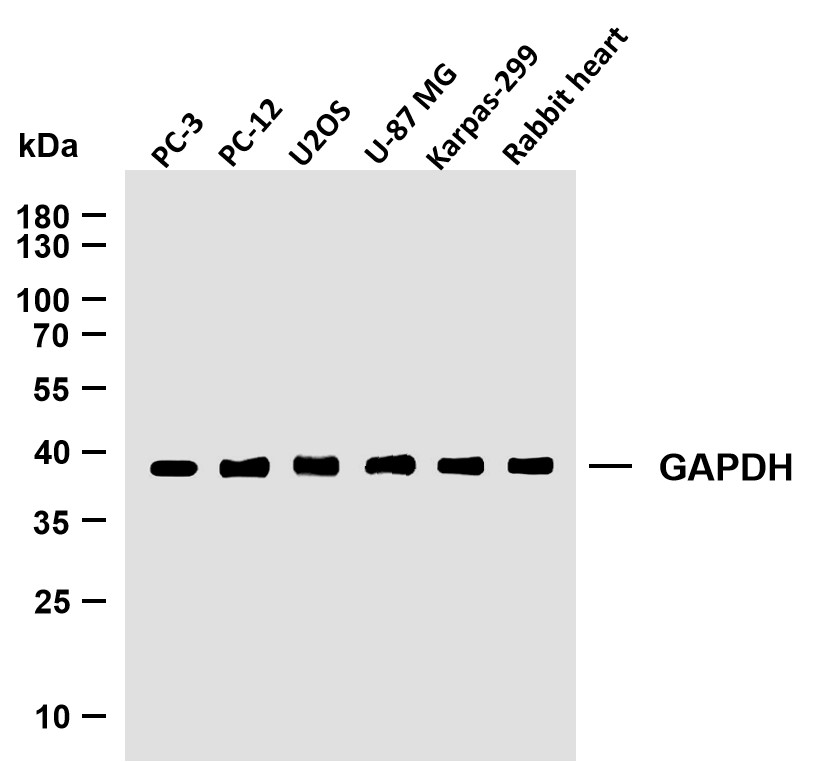
Catalog: YN1809
Size
Price
Status
Qty.
200μL
$450.00
In stock
0
100μL
$280.00
In stock
0
40μL
$150.00
In stock
0
Add to cart


Collected


Collect
Main Information
Target
CR3L3
Host Species
Rabbit
Reactivity
Human, Mouse, Rat
Applications
WB, ELISA
MW
50kD (Observed)
Conjugate/Modification
Unmodified
Detailed Information
Recommended Dilution Ratio
WB 1:500-2000; ELISA 1:5000-20000
Formulation
Liquid in PBS containing 50% glycerol,0.5% BSA and 0.02% sodium azide.
Specificity
CR3L3 Polyclonal Antibody detects endogenous levels of protein.
Purification
The antibody was affinity-purified from rabbit antiserum by affinity-chromatography using epitope-specific immunogen.
Storage
-15°C to -25°C/1 year(Do not lower than -25°C)
Concentration
1 mg/ml
MW(Observed)
50kD
Modification
Unmodified
Clonality
Polyclonal
Isotype
IgG
Related Products
Antigen&Target Information
Immunogen:
Synthesized peptide derived from part region of human protein AA range: 1-100
show all
Specificity:
CR3L3 Polyclonal Antibody detects endogenous levels of protein.
show all
Gene Name:
CREB3L3 CREBH HYST1481
show all
Protein Name:
Cyclic AMP-responsive element-binding protein 3-like protein 3 (cAMP-responsive element-binding protein 3-like protein 3) (Transcription factor CREB-H) [Cleaved into: Processed cyclic AMP-responsive element-binding protein 3-like protein 3]
show all
Background:
This gene encodes a member of the basic-leucine zipper family and the AMP-dependent transcription factor family. The encoded protein is localized to the endoplasmic reticulum and acts as a transcription factor activated by cyclic AMP stimulation. The encoded protein binds the cyclic AMP response element (CRE) and the box-B element and has been linked to acute inflammatory response, hepatocellular carcinoma, triglyceride metabolism, and hepcidin expression. Alternative splicing results in multiple transcript variants. [provided by RefSeq, Dec 2012],
show all
Function:
Function:Transcription factor that may act during endoplasmic reticulum stress by activating unfolded protein response target genes. Activated in response to cAMP stimulation. In vitro, binds to the cAMP response element (CRE) and box-B element. Activates transcription through box-B element. Activates transcription through CRE (By similarity). Seems to function synergistically with ATF6. In acute inflammatory response, may activate expression of acute phase response (APR) genes. May be involved in growth suppression.,PTM:Controlled by regulated intramembrane proteolysis (RIP). Following ER stress a fragment containing the cytoplasmic transcription factor domain is released by proteolysis. The cleavage seems to be performed sequentially by site-1 and site-2 proteases (PS1 and PS2).,similarity:Belongs to the bZIP family.,similarity:Belongs to the bZIP family. ATF subfamily.,similarity:Contains 1 bZIP domain.,subcellular location:Under ER stress the cleaved N-terminal cytoplasmic domain translocates into the nucleus.,subunit:Binds DNA as a dimer (By similarity). Probably homodimerizes. Probably forms a heterodimer with atf6. Interacts with atf6.,tissue specificity:Exclusively expressed in liver. Underexpressed in hepatocellular carcinoma tissues.,
show all
Cellular Localization:
Endoplasmic reticulum membrane ; Single-pass type II membrane protein .; [Processed cyclic AMP-responsive element-binding protein 3-like protein 3]: Nucleus . Under ER stress the cleaved N-terminal cytoplasmic domain translocates into the nucleus.
show all
Tissue Expression:
Research Areas:
>>cGMP-PKG signaling pathway ;
>>cAMP signaling pathway ;
>>PI3K-Akt signaling pathway ;
>>AMPK signaling pathway ;
>>Longevity regulating pathway ;
>>Adrenergic signaling in cardiomyocytes ;
>>TNF signaling pathway ;
>>Thermogenesis ;
>>Cholinergic synapse ;
>>Dopaminergic synapse ;
>>Insulin secretion ;
>>Estrogen signaling pathway ;
>>Melanogenesis ;
>>Thyroid hormone synthesis ;
>>Glucagon signaling pathway ;
>>Aldosterone synthesis and secretion ;
>>Relaxin signaling pathway ;
>>Cortisol synthesis and secretion ;
>>Parathyroid hormone synthesis, secretion and action ;
>>Insulin resistance ;
>>Cushing syndrome ;
>>Growth hormone synthesis, secretion and action ;
>>Vasopressin-regulated water reabsorption ;
>>Huntington disease ;
>>Prion disease ;
>>Cocaine addiction ;
>>Amphetamine addiction ;
>>Alcoholism ;
>>Hepatitis B ;
>>Human cytomegalovirus infection ;
>>Human papillomavirus infection ;
>>Human T-cell leukemia virus 1 infection ;
>>Viral carcinogenesis ;
>>Chemical carcinogenesis - receptor activation ;
>>Prostate cancer
>>cAMP signaling pathway ;
>>PI3K-Akt signaling pathway ;
>>AMPK signaling pathway ;
>>Longevity regulating pathway ;
>>Adrenergic signaling in cardiomyocytes ;
>>TNF signaling pathway ;
>>Thermogenesis ;
>>Cholinergic synapse ;
>>Dopaminergic synapse ;
>>Insulin secretion ;
>>Estrogen signaling pathway ;
>>Melanogenesis ;
>>Thyroid hormone synthesis ;
>>Glucagon signaling pathway ;
>>Aldosterone synthesis and secretion ;
>>Relaxin signaling pathway ;
>>Cortisol synthesis and secretion ;
>>Parathyroid hormone synthesis, secretion and action ;
>>Insulin resistance ;
>>Cushing syndrome ;
>>Growth hormone synthesis, secretion and action ;
>>Vasopressin-regulated water reabsorption ;
>>Huntington disease ;
>>Prion disease ;
>>Cocaine addiction ;
>>Amphetamine addiction ;
>>Alcoholism ;
>>Hepatitis B ;
>>Human cytomegalovirus infection ;
>>Human papillomavirus infection ;
>>Human T-cell leukemia virus 1 infection ;
>>Viral carcinogenesis ;
>>Chemical carcinogenesis - receptor activation ;
>>Prostate cancer
show all
Signaling Pathway
Organismal Systems >> Endocrine system >> Insulin secretion
Organismal Systems >> Endocrine system >> Glucagon signaling pathway
Organismal Systems >> Endocrine system >> Estrogen signaling pathway
Organismal Systems >> Endocrine system >> Relaxin signaling pathway
Organismal Systems >> Endocrine system >> Growth hormone synthesis, secretion and action
Organismal Systems >> Endocrine system >> Aldosterone synthesis and secretion
Organismal Systems >> Circulatory system >> Adrenergic signaling in cardiomyocytes
Organismal Systems >> Nervous system >> Cholinergic synapse
Organismal Systems >> Nervous system >> Dopaminergic synapse
Organismal Systems >> Aging >> Longevity regulating pathway
Human Diseases >> Cancer: specific types >> Prostate cancer
Human Diseases >> Neurodegenerative disease >> Huntington disease
Human Diseases >> Neurodegenerative disease >> Prion disease
Environmental Information Processing >> Signal transduction >> TNF signaling pathway
Environmental Information Processing >> Signal transduction >> cAMP signaling pathway
Environmental Information Processing >> Signal transduction >> cGMP-PKG signaling pathway
Environmental Information Processing >> Signal transduction >> PI3K-Akt signaling pathway
Environmental Information Processing >> Signal transduction >> AMPK signaling pathway
Reference Citation({{totalcount}})
Catalog: YN1809
Size
Price
Status
Qty.
200μL
$450.00
In stock
0
100μL
$280.00
In stock
0
40μL
$150.00
In stock
0
Add to cart


Collected


Collect
Recently Viewed Products
Clear allPRODUCTS
CUSTOMIZED
ABOUT US
Toggle night Mode
{{pinfoXq.title || ''}}
Catalog: {{pinfoXq.catalog || ''}}
Filter:
All
{{item.name}}
{{pinfo.title}}
-{{pinfo.catalog}}
Main Information
Target
{{pinfo.target}}
Reactivity
{{pinfo.react}}
Applications
{{pinfo.applicat}}
Conjugate/Modification
{{pinfo.coupling}}/{{pinfo.modific}}
MW (kDa)
{{pinfo.mwcalc}}
Host Species
{{pinfo.hostspec}}
Isotype
{{pinfo.isotype}}
Product {{index}}/{{pcount}}
Prev
Next
{{pvTitle}}
Scroll wheel zooms the picture
{{pvDescr}}

